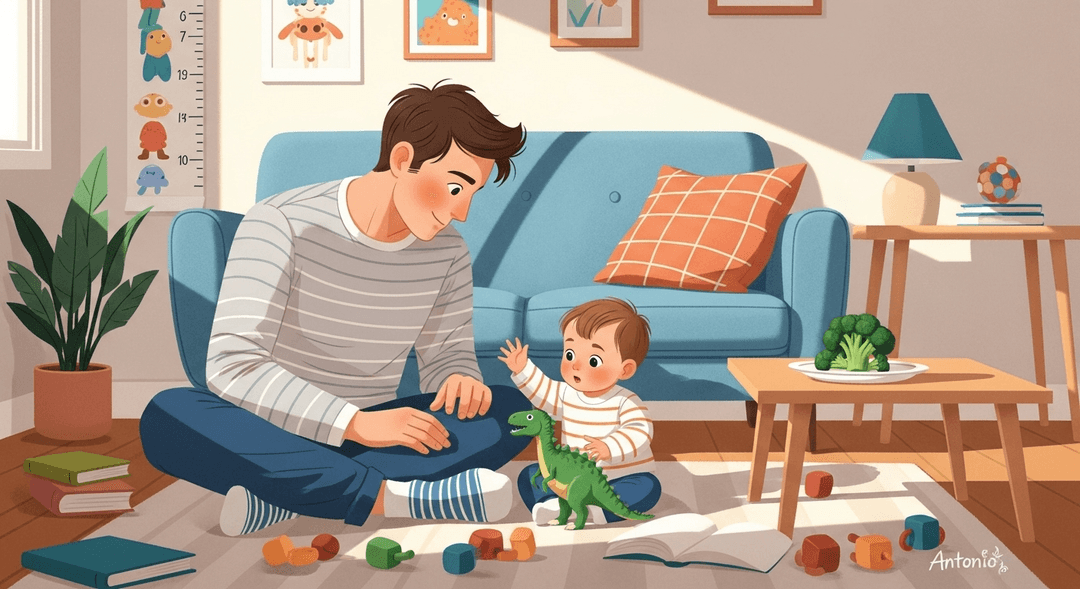Be an Active Observer of Your Child's Development and Changing Needs
Ever feel like your kid changes faster than your coffee gets cold? One day they're obsessed with dinosaurs, the next they're terrified of broccoli (which, honestly, is fair). If you’ve ever wished for a user manual that updates itself, this one’s for you: it’s all about noticing the little shifts—before they turn into full-blown toddler tornadoes. Spoiler: you don’t need a lab coat, just your tired, loving eyeballs.
Kids thrive when parents notice and respond to their shifting needs—it’s like emotional Wi-Fi for their brains. Being observant boosts your child’s sense of security, strengthens your parent-kid connection, and helps their little brains build trust and resilience. For you, it means less guesswork and more ‘aha!’ moments, which is basically the holy grail of parenting.
How to do it
Start by watching for patterns in your child's behavior. For example, notice if your kid gets cranky at the same time every day, suddenly starts using new words, or refuses to wear pants (again).
Follow these steps:
- Observe your child throughout the day and look for any recurring behaviors or changes.
- Jot down quick notes about what you notice. You can also snap a photo or mentally bookmark any changes.
- Check in with your partner or co-parent. They might notice unusual things that you miss.
- Ask your child about their behavior—even if their answer is something like “because dinosaurs.”
Key tips:
- Consistency in observation helps you spot patterns more easily.
- Sharing notes with your co-parent can provide a fuller picture.
- Kids’ explanations might not always make sense, but asking shows you care and can sometimes reveal useful insights.
Remember, noticing and tracking these patterns can help you better understand and support your child.
